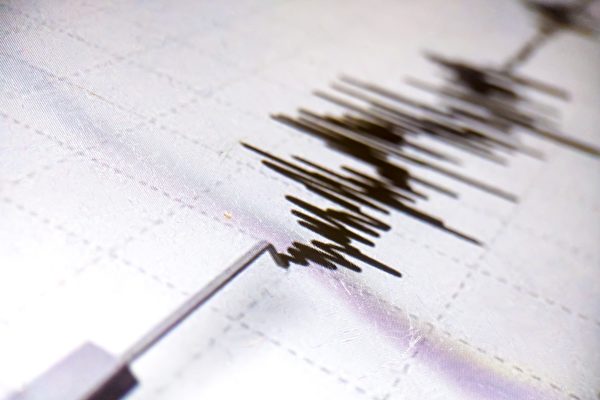After a series of minor earthquakes, a magnitude 4.1 earthquake hit Imperial Valley in Southern California on Monday morning, according to the United States Geological Survey (USGS).
Reported by The Sacramento Bee, the earthquake occurred at a depth of 7 miles at 5:17 am on the 20th, with its epicenter located about 10 miles southeast of Ocotillo Wells, approximately 95 miles northeast of San Diego.
Residents across San Diego County and Imperial County felt slight tremors, with over 850 residents in areas such as Azusa and Pasadena reporting vibrations to the USGS.
Seismologists noted that this earthquake followed a series of small earthquakes in the southern part of the Salton Sea.
Lucy Jones, a seismologist, mentioned on X Platform (formerly Twitter) on the 18th that the earthquakes currently happening in Imperial Valley are referred to as “swarms” and are quite common in the region. As of the evening of the 18th, she had recorded at least 16 earthquakes of magnitude 3.0 and above in the area.
According to Michigan Technological University, earthquakes ranging from 2.5 to 5.4 magnitude are usually felt but rarely cause significant damage; those below 2.5 magnitude are typically not felt by most people.
Sudden and intense shaking from earthquakes can lead to fires, tsunamis, landslides, or avalanches. Earthquakes can occur anywhere, but according to the Department of Homeland Security, Alaska, California, Hawaii, Oregon, Puerto Rico, and Washington are among the most common earthquake-prone areas in the United States.
In the event of an earthquake, it is best to take immediate self-protection measures. Safety recommendations provided by experts include:
• If you are in a car: immediately pull over to the side and apply the handbrake.
• If you are in bed: lie face down and use a pillow to protect your head.
• If you are outdoors: stay away from buildings and avoid entering indoors.
• If you are indoors: stay inside and do not run outside. Stay away from doorways.
Authorities state that the best way to protect yourself during an earthquake is to “drop, cover, and hold on.”
“Wherever you are, get on your hands and knees, and hold onto a sturdy object,” officials advise. “If you are using a wheelchair or a walker with a seat, make sure the wheels are locked and remain seated until the shaking stops.”
Be sure to protect your head and neck with your arms and, if possible, take cover under a sturdy table. If there is no shelter, move to an interior wall away from windows.
When seeking shelter under a table, officials recommend keeping one hand on the table and be prepared to move with it.
“After an earthquake, expect potential dangers such as building damage, gas and water leaks, or fallen power lines,” officials warn. “Aftershocks are to be expected after the main earthquake. If you feel aftershocks, take protective actions by dropping, covering, and holding on immediately.”

